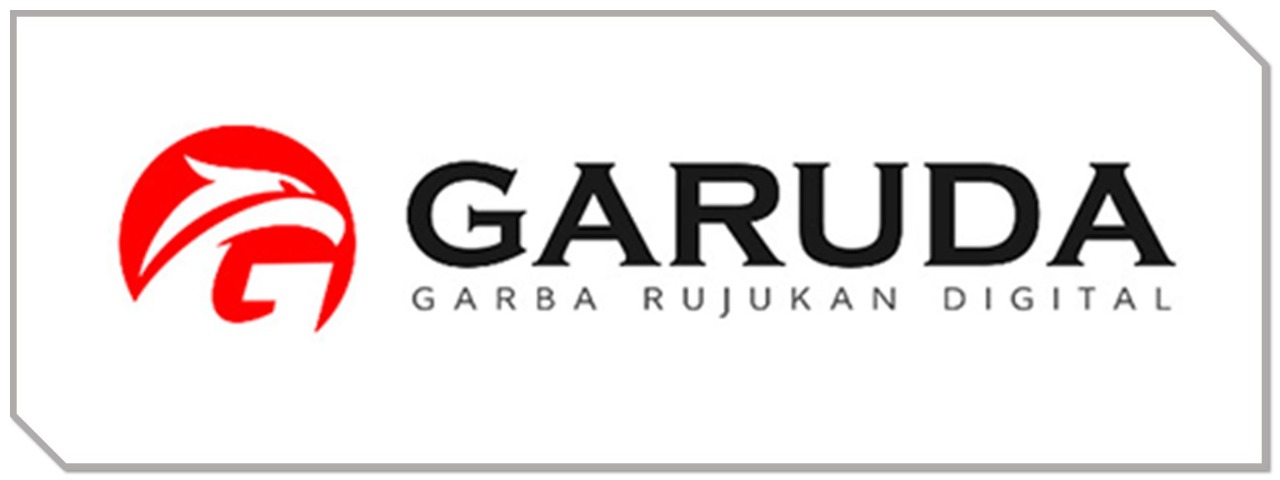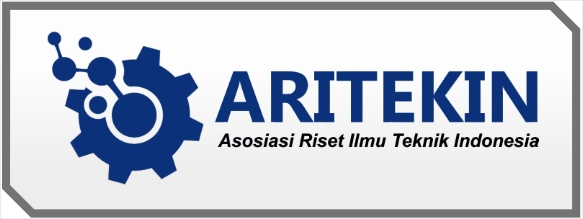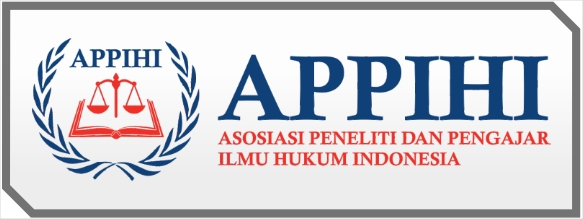Analisis Strategi Kebijakan Pengembangan MICE Untuk Meningkatkan Daya Saing Pariwisata Di Kabupaten Semarang
DOI:
https://doi.org/10.55606/sinov.v5i1.598Keywords:
Strategy, Policy, MICE, Tourism, Semarang RegencyAbstract
Semarang Regency has been declared by the Central Java Provincial Government as a pioneering MICE destination in 2019. This opportunity must be utilized by the Regional Government and all related stakeholders because MICE can provide multiple effects that drive the wheels of the economic industry, especially in tourist destination areas. This study aims to analyze the potential of MICE in Semarang Regency in terms of the 4 (four) aspects of MICE elements which consist of: (i). accessibility, (ii). attractiveness, (iii). amenity, (iv). human resources and stakeholder support, as well as reviewing MICE development policy strategies in order to increase tourism competitiveness in Semarang Regency. This study uses a qualitative approach and the research method used is phenomenological deductive. Data analysis was carried out descriptively which was sharpened using SWOT analysis so that a structured and comprehensive policy strategy study could be produced. Based on the research results, it can be seen that Semarang Regency has the potential to be developed into a tourism-based MICE destination. Through an examination of the four elements of MICE, a number of advantages can be identified which are the basis for developing MICE activities in Semarang Regency. What then becomes important is to build a collaborative strategy between all stakeholders involved in MICE which is supported by technical strategies in each element of MICE, and also the most important thing is to strengthen human resources and support systems that are mutually reinforcing and implemented on an ongoing basis.
Downloads
References
Berita 2019. Aerosport Berpotensi Dikembangkan. https://www.suaramerdeka.com/semarang-raya/pr-04110295/aerosport-berpotensi-dikembangkan. Diakses Tanggal 5 April 2023.
Berita 2022. Kabupaten Semarang Miliki 70 Desa Wisata, Bupati: Pengelola Harus Kreatif. https://www.gatra.com/news-536429-Gaya%20Hidup-kabupaten-semarang-miliki-70-desa-wisata-bupati-pengelola-harus-kreatif.html. Diakses Tanggal 5 April 2023.
Giao, H. N. K., & Son, L. T. (2018). Mice tourism development – examination from the supply side in dalat city, vietnam. Global and Stochastic Analysis, 5(6), 371–390.
Kim, K., & Ko, D. (2020). How to build a sustainable MICE environment based on social identity theory. Sustainability (Switzerland), 12(17). https://doi.org/10.3390/su12177166.
Kumar, J., Hussain, K., & Ali, F. (2014). A Review of Cogent Reflection on the Economic Impact Assessment of Conferences – MICE Tourism. SHS Web of Conferences, 12, 01006. https://doi.org/10.1051/shsconf/20141201006.
Mayoh, J., & Onwuegbuzie, A. J. (2015). Towards a Conceptualization of Mixed Methods Phenomenological Research. Journal of Mixed Methods Research, 9(1), 91–107.
Mena-Navarro, A., Almeida-García, F., & Cortés-Macías, R. (2022). The role of the MICE sector in Singapore’s tourism policy. A historical perspective. Journal of Policy Research in Tourism, Leisure and Events, February. https://doi.org/10.1080/19407963.2022.2043880
Menteri Pariwisata Republik Indonesia. (2017). Peraturan Menteri PariwisataRepublik IndonesiaNomor 5 Tahun 2017TentangPedoman Destinasi Penyelenggaraan Pertemuan, Perjalanan Insentif, Konvensi Dan Pameran. 1–34.
Moi, L., & Cabiddu, F. (2021). An agile marketing capability maturity framework. Tourism Management, 86(April). https://doi.org/10.1016/j.tourman.2021.104347
Nugroho, S. P., Setyawan, A. A., Isa, M., Susila, I., Nuryulia, P., & Liana, M. (2018). Strategi Pengembangan MICE Sebagai Upaya Peningkatan Sektor Pariwisata Kota Surakarta. The National Conferences Management and Business (NCMAB) 2018, 176–189.
Safaeva, S., & Adilova, D. (2020). Mice Tourism: Opportunities, Priorities, Problems, Prospects. The American Journal of Applied Sciences, 02(11), 116–121. https://doi.org/10.37547/tajas/volume02issue11-21
Sinaga, D. A. R., Putera, R. E., Zetra, A., & Ariany, R. (2022). Dynamic Governance In Efforts To Increase Tourism Visits During The Covid-19 Pandemic. 230–236.
Tashakkori, A., & Creswell, J. W. (2007). Exploring the nature of research questions in mixed methods research. In Journal of mixed methods research (Vol. 1, Issue 3, pp. 207–211). Sage Publications Sage CA: Los Angeles, CA.
Telfer, D. J., & Sharpley, R. (2007). Tourism and development in the developing world. In Tourism and Development in the Developing World. https://doi.org/10.4324/9780203938041
Downloads
Published
How to Cite
Issue
Section
License
Copyright (c) 2023 Media Informasi Penelitian Kabupaten Semarang

This work is licensed under a Creative Commons Attribution-NoDerivatives 4.0 International License.


















